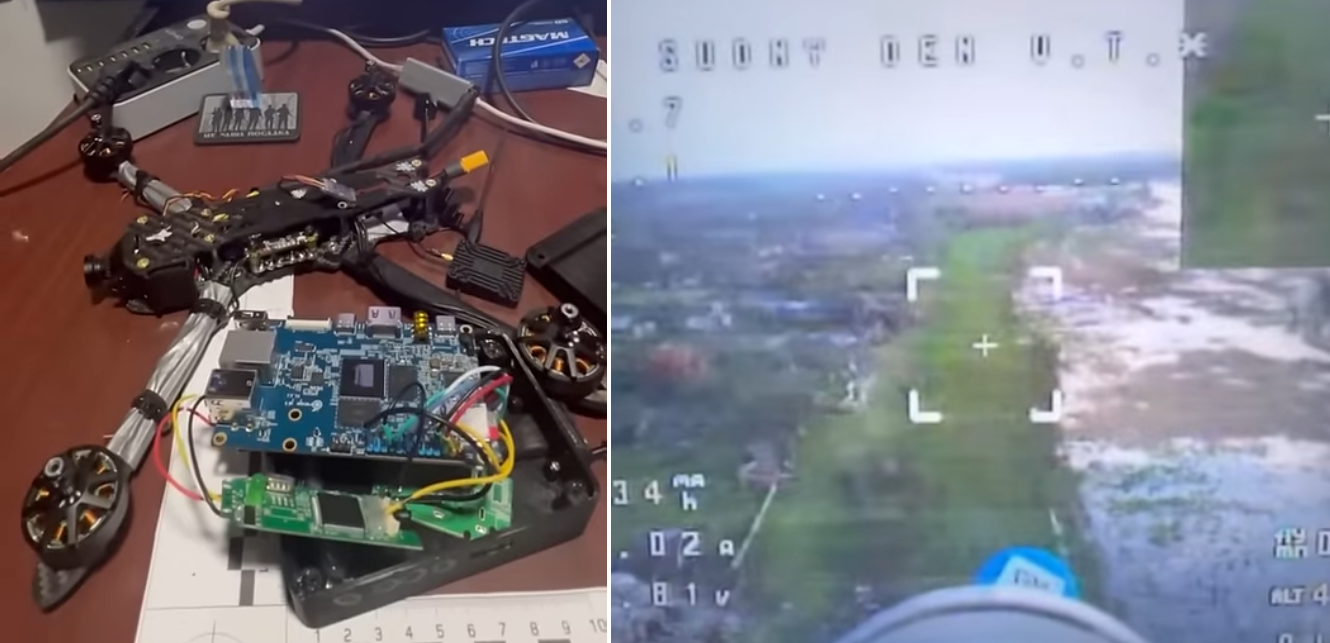The Ukrainian group of volunteer engineers ‘Wild Hornets’ demonstrated an FPV drone that boasts a target detection, lock-on, and tracking system, releasing the corresponding video on their X/Twitter account.
Training Wild Hornets ????????
Details later ???? #WildHornets #ukrainewarnews pic.twitter.com/2qi1LNB0do
— Wild hornets (@wilendhornets) April 20, 2024
Ukrainian military news portal “Militarnyi” notes that most likely, the drone automatically tracks and selects targets, but the lock-on process can be manually performed.
Ukraine uses FPV drones with autonomous homing since March, Russia since January-February
The new video by Dyki Shershni shows not only locking on a target but also highlighting the available targets before locking in what is called the PREPARE mode in the footage, which hasn’t been demonstrated before.
Ukrainian FPV drones capable of locking on a target and subsequent autonomous homing became known in late March, when reports emerged that Ukraine began deploying FPV drones equipped with autonomous guidance systems for precise target engagement on their final run amid Russian electronic warfare, while Russia reportedly was also developing similar drone technology.
The March footage by soldiers from Ukraine’s 60th and 63rd Mechanized Brigades shows the drone’s guidance system precisely engaging a target and autonomously continuing to strike successfully despite communications disruption by Russian electronic warfare:
Volunteer Serhii Sternenko, actively fundraising for FPV drones for Ukrainian forces, noted that Russians have been developing the drone target-locking technology since at least February, underscoring Ukraine’s urgent need to accelerate its own development.
Meanwhile, on 6 January, Ukrainian military analyst Serhii Flesh reported intercepting a video link from a Russian FPV drone equipped with machine vision and automatic target acquisition, deployed in an unspecified front area. According to ISW, these drones are more accurate, less reliant on human pilots, and resistant to electronic warfare.
Russia’s tech for autonomous targeting FPV UAV
Read also:





